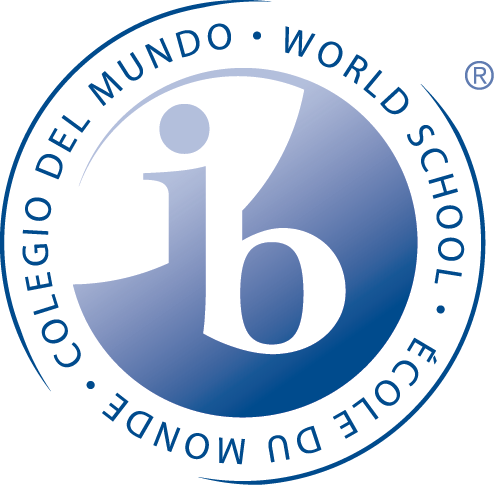EXPECTATIONS ACADEMIC HONESTY POLICY
What is Academic Integrity/Honesty?
Academic integrity involves
- Acting with integrity and honesty by producing your own authentic work
- Avoiding any behavior that gains one student an unfair advantage and negatively impacts the results of other students
- Following the rules for all examinations as set out by a teacher, a specific department, the school administration or any other organization for which examinations are given within on behalf of Seaquam
Examples of academic integrity
- Acknowledging as honestly and accurately as possible the ideas and work of others, even when the source cannot be stated with absolute accuracy
- It is alright for students to work collaboratively or supportively
- collaboration can occur when students discuss ideas for a paper or brainstorm sources that they might use to research a common idea
- collaboration can also occur when students are assigned to work on a group project in which the individual roles are decided upon or defined by the group or teacher
Examples of academic misconduct
- Using the ideas of another person within your work without citing the source from which those ideas were gained (plagiarism)
- Copying or paraphrasing from websites, books, journals, essays or any other source without citing the source of origin of the information (plagiarism)
- The use of photographs, graphs, data or computer programs without citing the source from which the information is taken (plagiarism)
- Allowing your work to be copied or reproduced in some fashion by another person (collusion), including copying off others’ tests or allowing another to copy your test
- Handing in work completed by another person and taking credit for it (collusion)
- Missing class to gain additional preparation time (eg. for tests) or falsifying an excuse, in any fashion, for an absence
- Turning in the same work for more than one assessed component of a given class, or turning in the same work for assessment in two different classes.
- Copying and pasting from Chat GPT or other artificial intelligence agents OR using content from an artificial intelligence search without sourcing it
Avoiding Academic misconduct
- Teachers must make students aware of what constitutes academic dishonesty and establish expectations for academic honesty in their classrooms
- Teachers will model examples of academic honesty in the classroom (eg. citing/referencing sources for information used in class)
- Students must cite all sources for ideas, notes, quotations, visuals, etc, in footnotes and/or a formal bibliography as required by each assignment
- As requested by individual IB subject teachers for IB courses, students will submit assignments to Turnitin.com to screen for possibilities of plagiarized information.
- Some non-IB classes may ask Students to submit work to Turnitin.com. Parent consent will be asked prior to submission.
- Teachers are expected to confirm, to the best of their ability, that students have submitted authentic work for assessment
- Students are expected to treat each assessment opportunity seriously and take the time and initiative to complete original work for each assessment in each course.
Consequences for Academic misconduct
When a student engages in academic dishonesty, SOME or ALL of the following consequences will apply:
- A mark of zero on the assignment that involves examples of academic dishonesty
- Notification of the parents that an academic dishonesty offence has occurred so that such behavior can be more closely monitored in the future
- Notification and/or referral to the appropriate administrative officer (by grade assignment)

